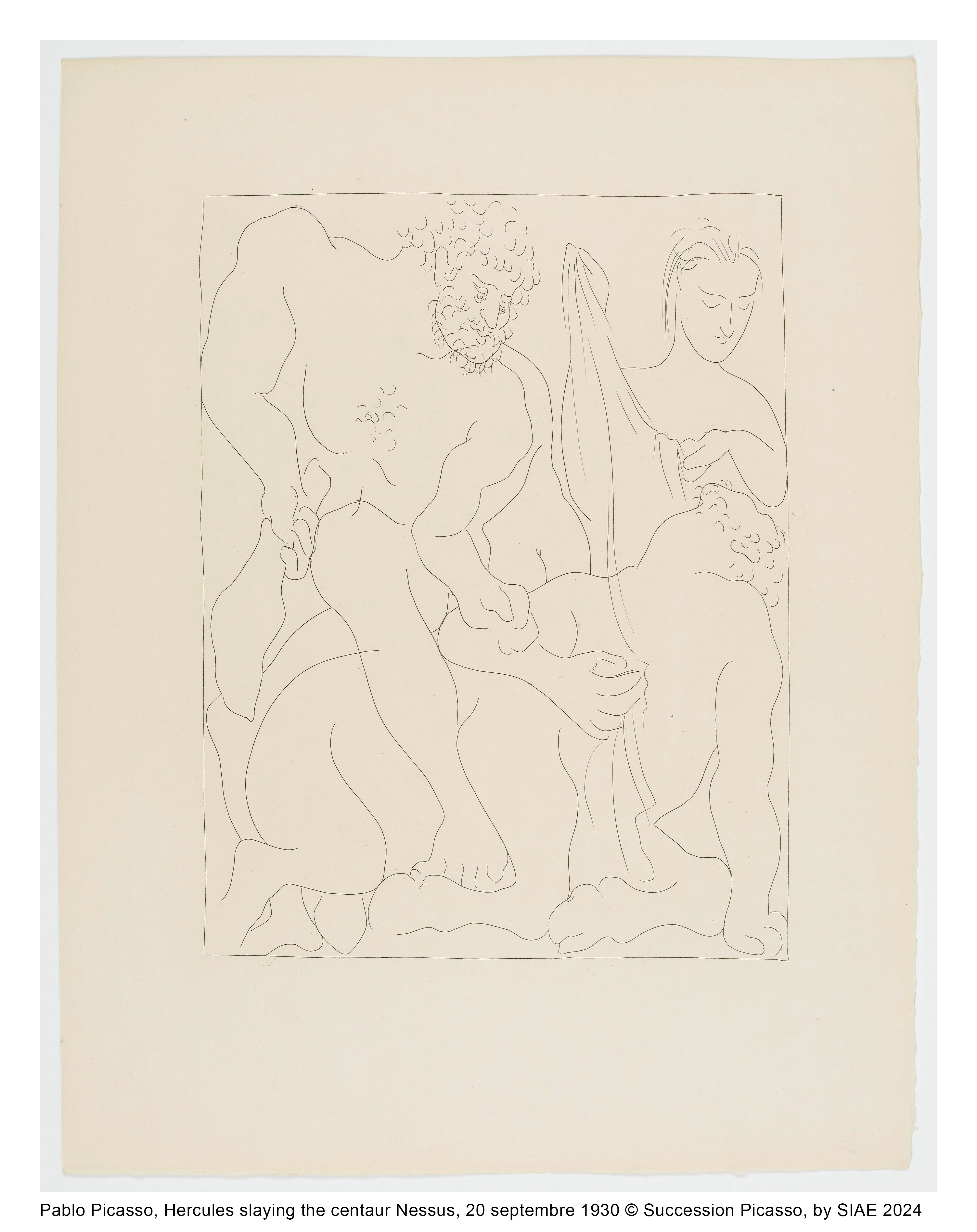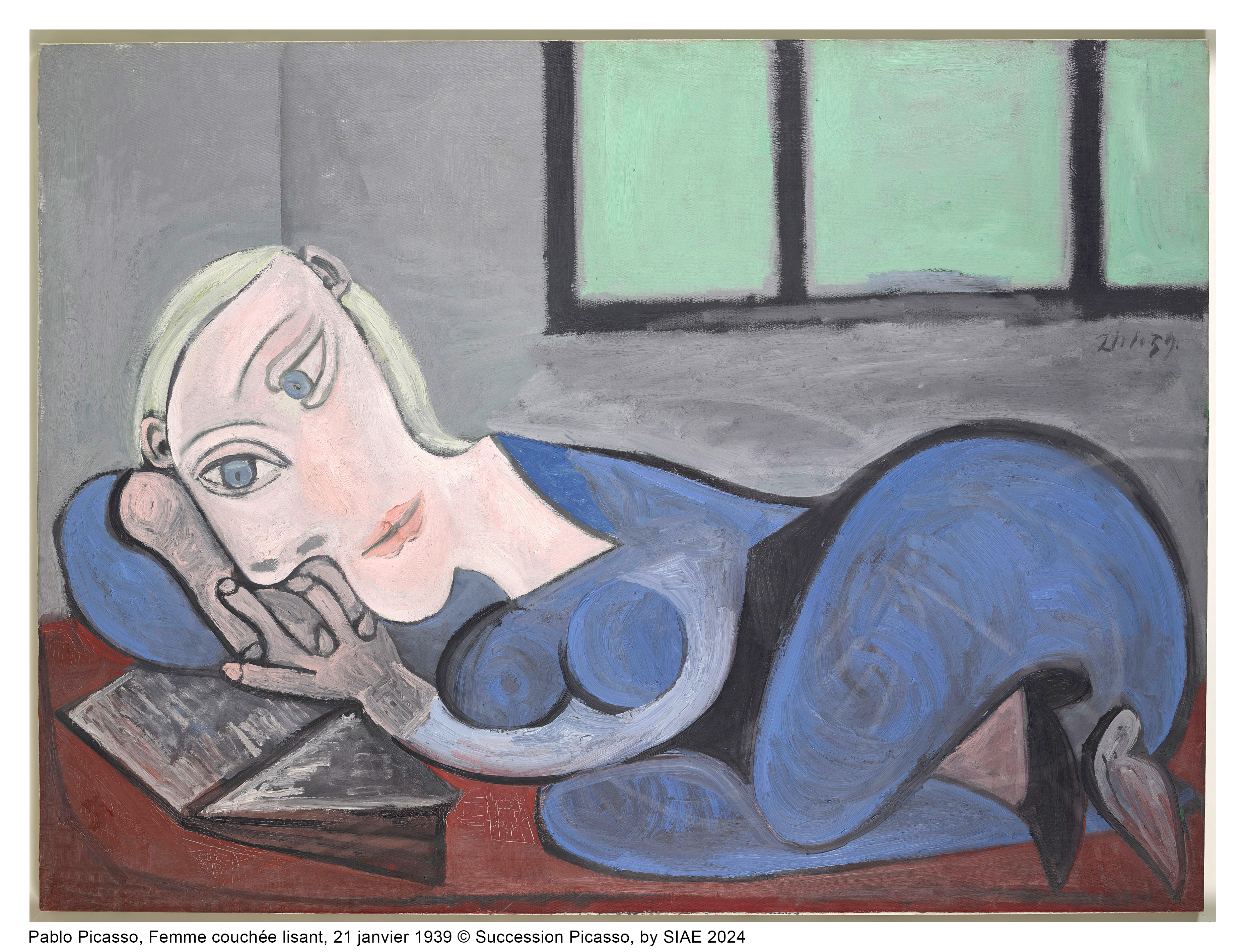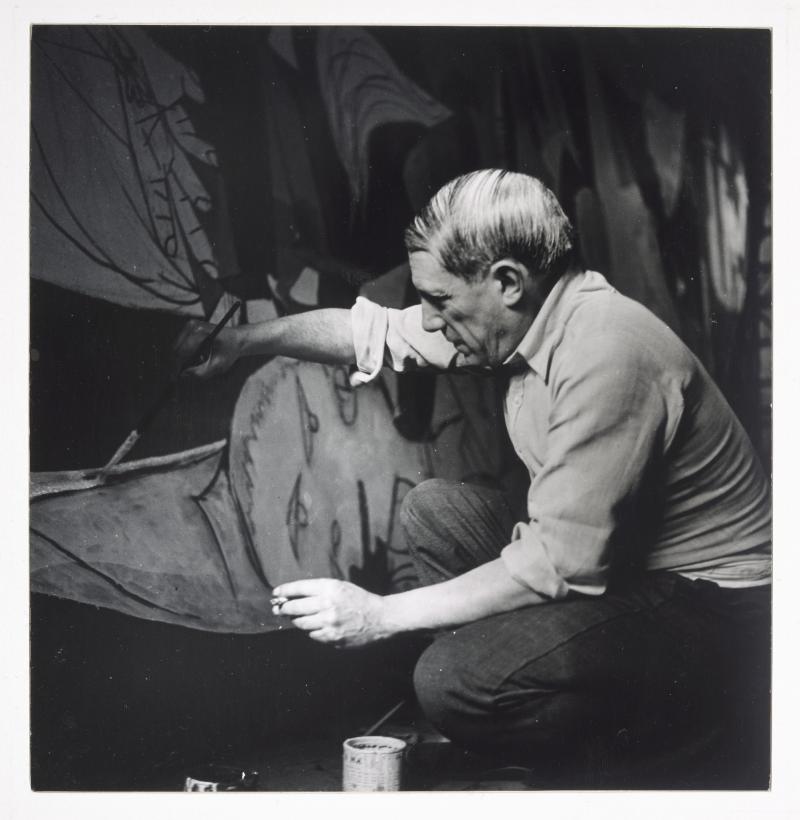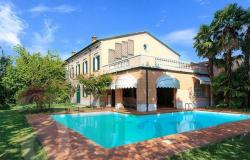Practically every aspect of Pablo Picasso’s life and art has already been picked apart. But his brief sojourn in Italy in 1917, when the artist was 35, remains comparatively unexamined. Two large-scale Picasso exhibitions are set to open in Lombardy this fall — Picasso: Poetry and Salvation at Mantua’s Palazzo Te (September 5-January 6, 2025) and Picasso the Foreigner at Milan’s Palazzo Reale (September 20-February 2, 2025) — but make little mention of this relatively obscure part of his biography.
Picasso’s road to Rome
Historical records show that Picasso had Italian blood. His great-grandfather, Tommaso Picasso, emigrated to Spain around 1807; the surname Picasso — very rare in Spain — is still found in abundance in and around Genoa. But this familial connection doesn’t seem to have had any bearing on Picasso’s trip. He was a thoroughly Spanish and French artist, though his influences came from everywhere and his trip to Italy, short as it was, set forth a sequence of events that would change the course of his life and art.
Perhaps Picasso felt he’d hit a dead end with Cubism. Perhaps he was suffering an identity crisis — a tempestuous artist from Moorish Spain shacked up in dour and refined Paris, its atmosphere dismal as the Great War staggered on into its third year. But ultimately it was business, not pleasure or exploration, that brought Picasso to Rome in February 1917.
Already firmly established in Paris, he’d accepted an offer from the great Russian impresario Sergei Diaghilev to design the costumes and sets for a new avant-garde ballet he was putting on called Parade, written by Jean Cocteau, scored by Erik Satie and choreographed by Léonide Massine. Though intended to debut in Paris, Diaghilev’s chosen company — the Ballets Russes — were holed up in Rome due to the war and so the whole team needed to relocate there. Later that month, they were joined by Igor Stravinsky, rounding off a Who’s Who of avant-garde bohemians in 1917 Europe.
Immersion in Italy

In Rome, Picasso met with the Futurists, including Boccioni, Depero and Prampolini. They were neither avant-garde nor bohemians; very keen on tradition, they ciceroned Picasso around the city to the Colosseum, the Galleria Borghese and the Vatican Museums. (His verdict? Raphael: good. Michelangelo: phenomenal.)
Picasso had already met the Futurists when they visited his studio in Paris, but now he was on their home turf. Though the jaunt they facilitated around Rome’s artistic treasures made quite an impression, the Futurists themselves don’t seem to have interested him much, and he would go on to make some rather dismissive comments about them in later years.
Instead, Picasso hung out with his colleagues from Paris, a group that traveled around Italy with all the giddy enthusiasm of graduates on a gap year. In Florence, Picasso was deeply moved by Michelangelo’s sculptures in the Medici Chapels. In Naples, he and the group stayed at the Grand Hotel Vesuvio on the waterfront. The chaos of intoxicating Naples was a far cry from daily life in chic Paris or even the more rustic and open Rome. In Naples, Picasso was reacquainted with his Mediterranean origins, opening him up to new possibilities (and distractions: Titillated by the graphic frescoes at Pompeii, he doodled some impromptu pornography in his notebooks).
At the Museo Archeologico Nazionale, Picasso was spellbound by the classical Greek and Roman sculptures. This in particular would become an inciting incident that would gradually help steer Picasso away from abstraction and toward neoclassicism.
“Parading” around Rome and Paris
On his return to Rome, Picasso stayed at the grand Hotel de Russie and rented a studio around the corner on Via Margutta to work on his designs for Parade, going above and beyond the job description: “He actually introduced new characters into the ballet,” recounted art historian Oliver Berggruen in 2017, when Berggruen co-curated the exhibition Picasso in Italy at Rome’s Scuderie del Quirinale. “He creates walking Cubist sculptures. But he also does the stage designs, the costumes, and a giant painted curtain.” His designs for Parade, surreal and immersive, are still celebrated today for their inventiveness and eclectic beauty.
While in Rome, Picasso also completed the Cubist painting L’Italienne, notable for featuring St. Peter’s Basilica in the background, as well as a study for the more somber Harlequin, which demonstrates Picasso’s increasing interest in neoclassicism. Léonide Massine sat for Picasso as the model.
Women were famously never far from Picasso’s mind. He was still reeling from two rejected marriage proposals by the time he drifted into Italy. But things happen when you least expect them, and in Rome he met and fell in love with Olga Khokhlova, a dancer in the Ballets Russes. Picasso was 35 and she, 25; his companions were mystified by the attraction, deriding Khokhlova as plain and simple. She was also seen as conservative and somewhat cold, which raised questions about whether her father, a colonel in the Imperial Russian Army who was currently in the middle of fighting a World War, would consent to her marrying a bohemian artist.
But Picasso attended her audition and every one of her dress rehearsals. He painted loving pictures of her, though her coyness still meant he sought out adventures in Rome’s bordellos. Picasso eventually took Khokhlova to Barcelona to meet his parents, but their engagement was a long one, and they only married in July 1918.
By May, the whole gang was back in Paris for the debut of Parade, which was a flop. Audiences were disgusted by its frivolity and decadence at a time when thousands of young men were being gunned down on the relatively nearby Aisne. In Rome, Picasso had been somewhat isolated from the war in a way that he couldn’t be in Paris.
Picasso’s Rome-born marriage failed, his interest in neoclassicism waned, and he soon ended his working relationship with Diaghilev. But Picasso’s three-month stay in Italy changed the artist in ways he never would have imagined. Many people travel to Italy to find themselves, but only one of them was Picasso.
If you go

Special combined tickets are available for those who visit both exhibitions. (Note that Palazzo Reale was, interestingly, the first venue where Picasso’s monumental Guernica was displayed in Italy, in 1953.)
Picasso: Poesia e Salvezza (Poetry and Salvation)
September 5-January 6, 2025
Palazzo Te
Viale Te 13, Mantua
Website
Picasso lo straniero (Picasso the foreigner)
September 20-February 2, 2025
Palazzo Reale
Piazza del Duomo 12, Milan
Website









